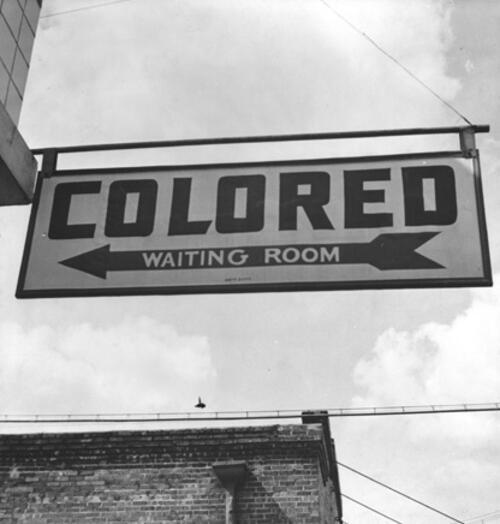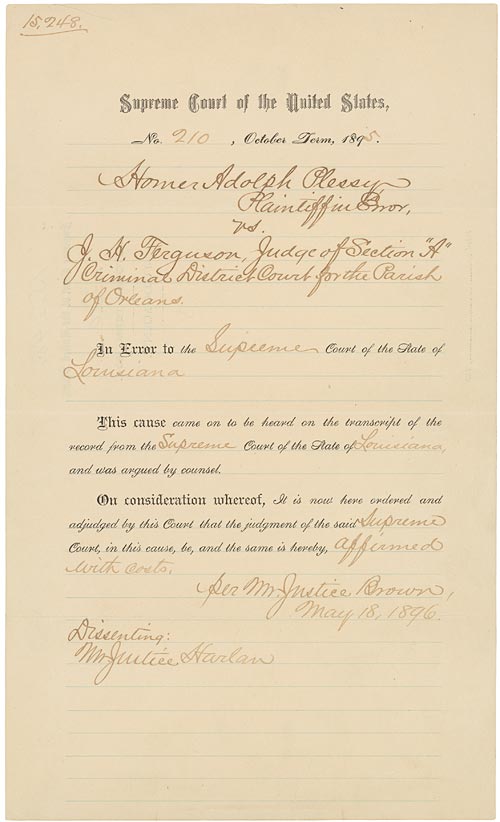America Has a Problem
Segregation, or the social and spatial separating of people into racial categories, was the norm in the United States. Laws prohibiting Black and white people from sharing public spaces were referred to as Jim Crow Laws and would dictate the social landscape well into the 20th century.

An 1896 court case Plessy v Ferguson asserted the need for “separate but equal” public spaces, including schools that would persist over the next six decades.
Overturned in 1954 by a string of law suits, Federal law would assert the unconstitutionality of segregation and urge the integration of all schools in the country. Still, state legislation would continue to empower school boards that worked to prevent Black students from attending schools at all education levels.
“We consider the underlying fallacy of the plaintiff’s argument to consist in the assumption that the enforced separation of the two races stamps the colored race with a badge of inferiority.”
Plessy vs. Ferguson, Judgement, Decided May 18, 1896; Records of the Supreme Court of the United States; Record Group 267; Plessy v. Ferguson, 163, #15248, National Archives.
The State of Georgia, home of Georgia State University, was no exception to the rules of segregation. In the years to come, students would demonstrate for equitable treatment in the university.
